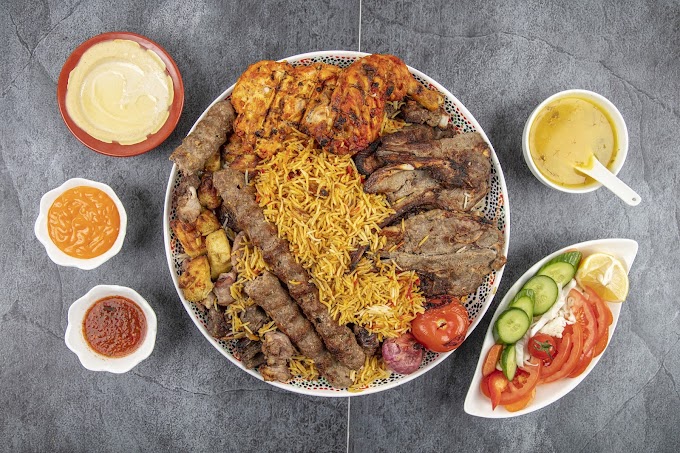Introduction: Where the Silk Road Still Lives Through Food
Amid the winding lanes of Central Asia lies a culinary heritage shaped by caravans, nomads, spice traders, and ancient Silk Road travellers.
One cuisine preserves this history like no other — Uighur street food.
Bold spices, hand-pulled noodles, slow-cooked meats, and charcoal-kissed aromas fill the air in cities like Kashgar, Ürümqi, and Turpan, where food is not just nourishment but a celebration of centuries-old traditions.
Today, we step inside this vibrant world to discover the flavours that defined the Silk Road and still captivate food lovers across Asia and beyond.
1. Laghman: The Iconic Hand-Pulled Noodles of Central Asia
Uighur Laghman (or “Leghmen”) is a masterpiece of noodle craftsmanship.
Each strand is hand-stretched, slapped, twisted, and pulled until it becomes long, elastic, and silky.
- Freshly pulled noodles (never dried)
- Stir-fried topping made with lamb or beef
- Vegetables like bell peppers, tomatoes, carrots
- Aromatics: cumin, garlic, chili, onion
- Broth that ties everything together
2. Charcoal-Grilled Lamb Skewers: A Street Food Legend
- Marinated with cumin, salt, chili flakes
- Grilled to an irresistible crust
- Fat melts slowly, adding natural juiciness
- Always served hot and fresh
3. Samsa: Uighur Stuffed Pastries Baked in Clay Ovens
- minced lamb
- onions
- black pepper
- sometimes pumpkin
4. Polo (Pilaf): A One-Pot Feast Loved Across Central Asia
- long-grain rice
- carrots
- onions
- slow-stewed lamb
- fragrant oils
5. Da Pan Ji: The Famous “Big Plate Chicken"
- stewed chicken
- potatoes
- peppers
- homemade wide noodles
- star anise & cumin
6. The Culture Behind the Cuisine: Warmth, Generosity, and Tradition
- in large woks over open flames
- using techniques passed down generations
- focusing on freshness, aroma, and honest ingredients
Why Uighur Street Food Deserves Global Attention
- complex spice profiles
- unique hand-made techniques
- robust, comforting flavours
- deeply rooted culinary history
Conclusion: Preserving the Taste of the Silk Road
Uighur street food represents one of the last living legacies of the old Silk Road, where flavours from China, Central Asia, and the Middle East meet in perfect harmony.
Whether it’s the smoky kebabs, hand-pulled noodles, or slow-cooked rice dishes, each bite transports you across time — into a world where history is still alive in every flavour.
If your readers loved your Xi’an Halal Quarter blog, they will be absolutely hooked by this one.
Thank you for visiting my Blog!



.webp)




.jpg)

